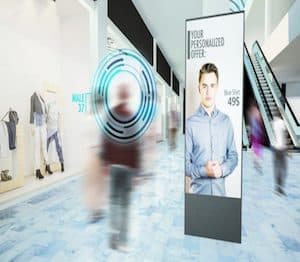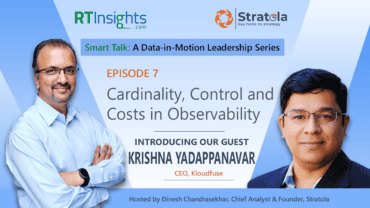
Customers are looking for richer interactions with companies they engage. Forward-looking sellers are moving beyond personalization to one-to-one experiences.
As technology has become increasingly prevalent throughout society, one of the key practices separating the best businesses from the rest has historically been the ability to create personalized customer experiences. Leveraging insights gleaned from customer data, successful companies have been able to optimize one-off transactions with their customers.
Now, as we enter a post-digital era in which digital technologies are ubiquitous, customers are looking for even richer interactions with the companies they engage. Accordingly, forward-looking companies are moving beyond personalization to deliver individualized experiences to customers on a one-to-one basis. This may sound like a daunting task, but as we’ve laid out in our 2019 Accenture Technology Vision report, the foundations are in place.
Grow Upon What You Have: Feedback Loops
Over the past decade or so, businesses have established basic feedback loops to enhance customer experiences. Digital touchpoints emerged, providing new ways of communicating with consumer populations while also generating data. And the more data companies gathered, the greater the insights into their customer bases and their ability to improve and personalize services.
Now, companies are evolving past personalization towards individualization, propelled by the digital identities that users are creating as technology becomes more integral throughout their lives. These virtual footprints are allowing companies to piece together a more holistic view of the needs and preferences about not just a segment of a population, but rather a single customer.
Integrating with Customers’ Lives
The opportunity for enterprises is considerable. Leveraging digital identities fully, businesses can better understand how their customers use technology, giving them the insights they need to integrate into their customers’ lives and become an ongoing, trusted partner.
B2B companies have led the way in this regard. For example, companies like Datanyze mine websites to identify the technology stack a target company is using, or to discover if they have recently changed providers. This analysis provides vendors with a wealth of information with which to generate leads and refine pitches that better meet the needs of target companies.
See also: Accenture Adds AI Tech to its Analytics Portfolio
B2C companies need to apply the same logic if they’re to reap the full benefits of the technology-led experiences they’re building. It’s a no brainer: for a technology experience to work, businesses need to know how that experience fits into the technology that already exists in a customer’s life.
Companies that successfully grasp these technology identities will achieve a living, individualized view of each consumer and will, therefore, be able to deliver rich, continuous, experience-based relationships. Early adopters are already seeing benefits: insurance company John Hancock, for example, revamped its market strategy and now offers customers interactive life insurance policies that incorporate their fitness and health data through wearable devices.
Toward a Market of One
Of course, if this new generation of services is to take root, businesses will need to tread a fine line. Gathering the data needed to create individualized services can only be done with the consent of the customer; and brands must ensure they never cross the line from ‘useful’ to ‘creepy’. Every individual will draw their own line in the sand when it comes to sharing their personal data and companies must find ways to respect each individual’s preferences. This task becomes more challenging in a world where people will hold several technology-driven relationships with different brands.
Fortunately, the very technologies that make individualized experiences possible can also help companies determine consumers’ preferences for how tailored those experiences should be. The information organizations routinely gather for marketing or customer support functions can be combined and used to understand customers’ data preferences in advance. Coupled with transparency about the insights being drawn from their interactions, companies can use this understanding to build and maintain trust with customers as offerings get more and more individualized.
Post-digital experiences
As companies shift to deliver experiences over transactions, there’s a huge opportunity to use technology identities to build individualized, seamlessly integrated experiences for the market of one. If these opportunities are to be fully realized, however, enterprises must build a strong foundation of trust, which must be maintained through every consumer interaction. Businesses that succeed in this challenge stand to emerge as leaders in the post-digital era.




























